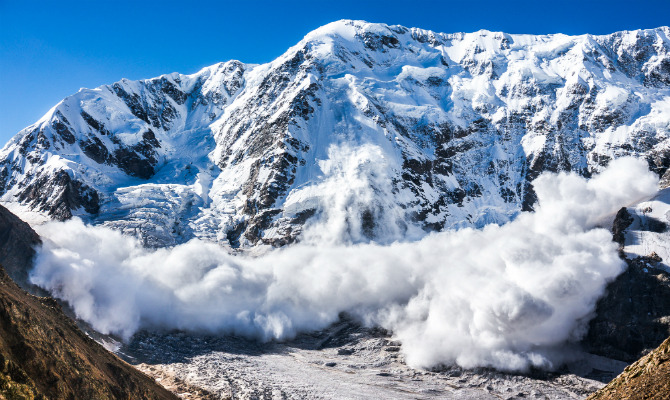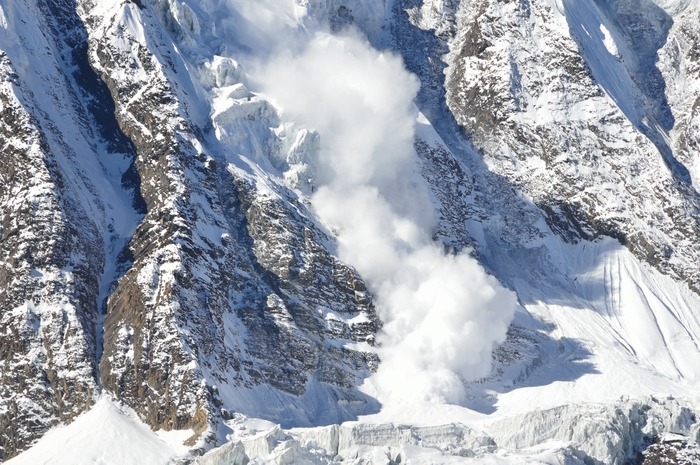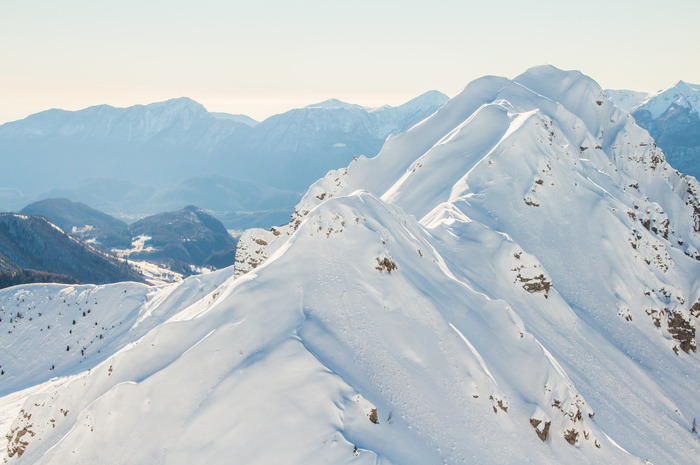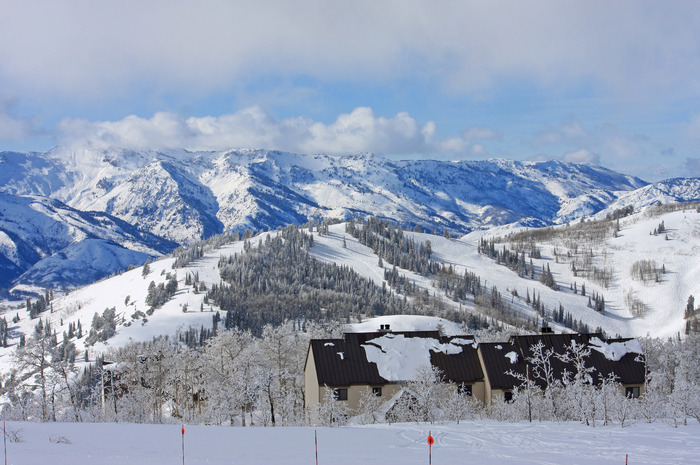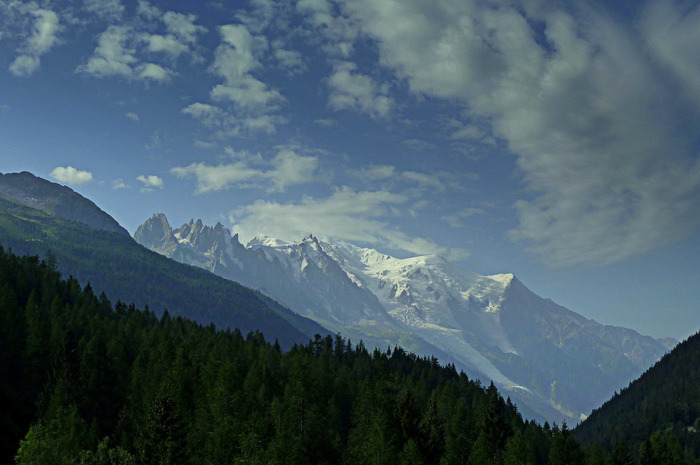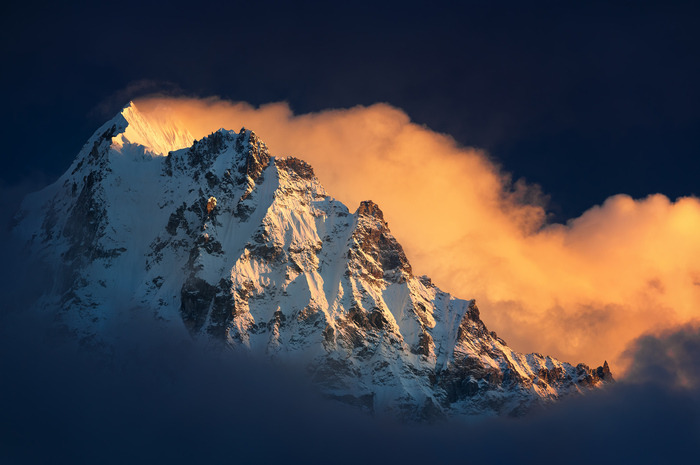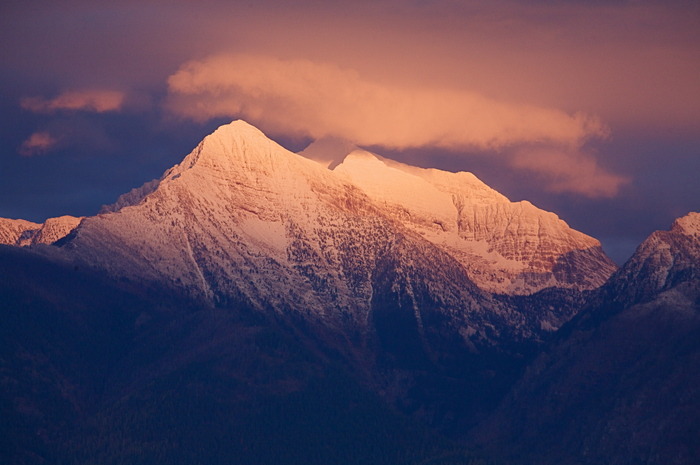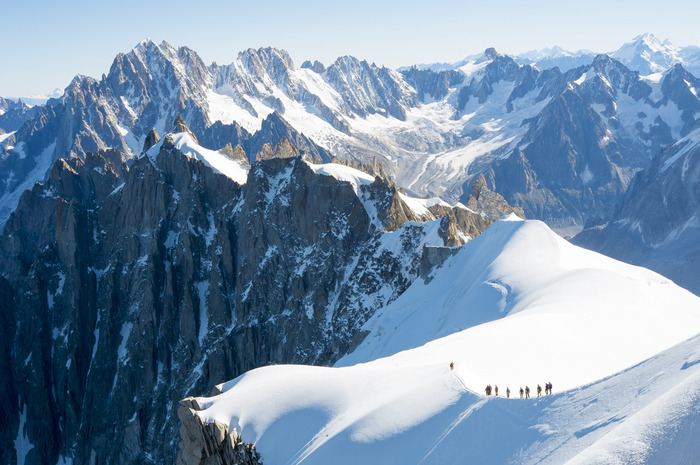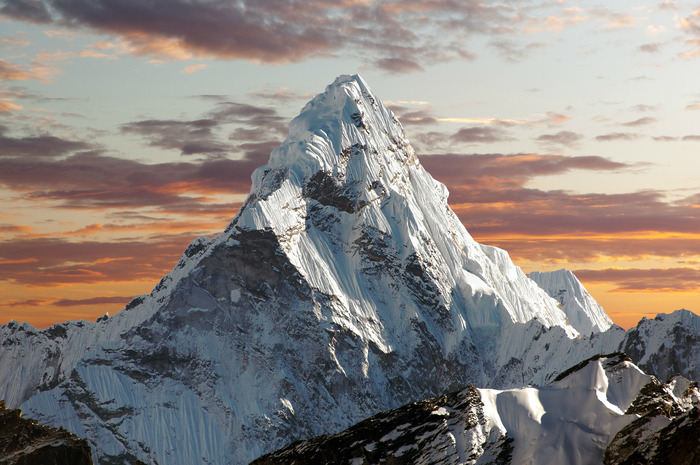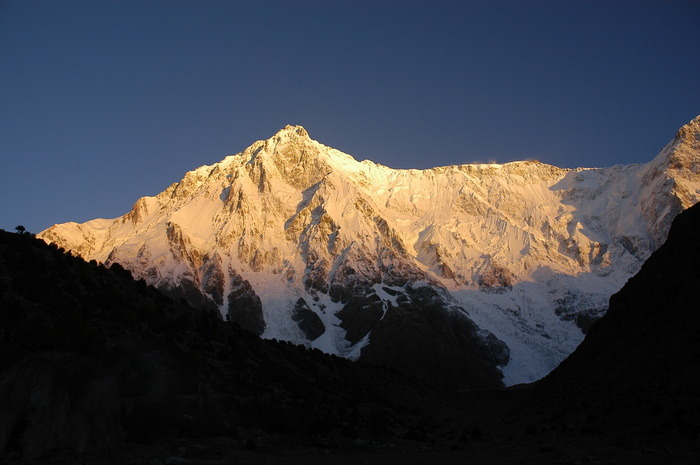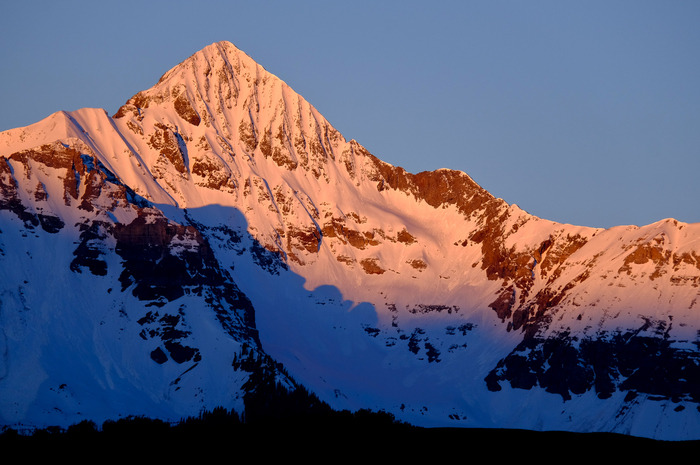Mountains With High Risk Of Getting Stuck In An Avalanche
Annapurna
"Annapurna is [a] life-taking mountain," Mingma Sherpa wrote on his expedition page. Located in Nepal, the 10th highest mountain on the planet is known for its frequent and deadly avalanches. They are also quite sudden. Just about 150 people have even tried to climb the summit and about a third of them have died. This is the highest fatality rate.
The Alps
The Alps are the highest and most extensive mountain range system in Europe. It stretches across Austria, France, Germany, Italy, Liechtenstein, Monaco, Slovenia, and Switzerland. The French and Italian parts are particularly dangerous because of frequent avalanches. Around 30 people die each year in deadly avalanches in the French Alps; less than a month ago mass of snow falling killed at least six people in the Italian Alps. The fatalities are caused by dangerous weather conditions but also by people's unawareness of the risks.
Wasatch Mountains
The Wasatch Mountains are often under an avalanche warning. In February, an experienced skier was buried in an avalanche that was 60 feet wide and 500 feet long. Even now, in April, there is a moderate risk. Heightened wet avalanche conditions will develop in steep terrain as saturated snow warms and softens up with exceptionally warm daytime temperatures and intense solar heating, according to Utah Avalanche Center.
Montroc
Montroc gets dumped with the most snow in France. The infamous avalanche of 1999 killed 12 people and destroyed 14 buildings in this small village near Chamonix. The mayor was even found guilty of second degree murder for not evacuating people in advance. Little snow before several heavy storms created a very weak base layer for the eventual snowfall.
Kangchenjunga
Kangchenjunga is the third tallest mountain in the world at more than 28,000 feet. A lot of snow on its steep hills and fast-changing and unpredictable weather cause many avalanches year-round. The huge massif of Kangchenjunga is buttressed by great ridges running roughly due east to west and north to south, forming a giant X. These ridges contain a host of spectacular 6-7,000 meter peaks, according to Summit Post. About a fifth of the people who attempt to climb the summit die.
Mission Mountains
According to the Flathead Avalanche Center, which visited a popular snowmobile area just outside the advisory area in the Mission Mountains, the early January weak snow (facets) were located 43 inches from the surface. A layer of soft snow sandwiched between the late January rain crust fractured in stability tests. Conditions for avalanches were moved to "high."
Mont Blanc Mountains
Avalanches like that on Mont Blanc were once considered so evil they were blamed on witches, according to The Guardian. The "White Mountain" is the highest peak in Europe at about 15,780 feet. Known also as the "White Killer," it has one of the highest fatality rates, according to Summit Post. Many deaths are caused by deadly avalanches.
Everest
It's no surprise that the tallest mountain on the planet has a lot of avalanches. The weather and peaks are just one factor. In 2015, an earthquake in Nepal unleashed an avalanche that killed at least 17 people. A year before, 16 Nepali guides were killed by an avalanche in what was the single deadliest day on the mountain.
Nanga Parbat
The ninth tallest mountain on the planet rises at 26,660 feet. It's so dangerous, no one has ever reached the peak in the winter and those who've tried have died. On March 8, 2014 Polish climbers were avalanched some 400 meters down the Schell Route of Nanga Parbat during one of several attempts on the first winter ascent of the mountain. The incident closed the climbing season for the year. The slopes are extremely prone to avalanches, especially after February, because of the heavy and constant snowfall.
Rocky Mountains
In the United States, 514 avalanche fatalities have been reported in 15 states from 1950 to 1997. Colorado has the infamous reputation for being home to about one third of those deaths. A popular video from 2013 shows a skier capturing the moment the snow he was walking on cracking causing an avalanche.
